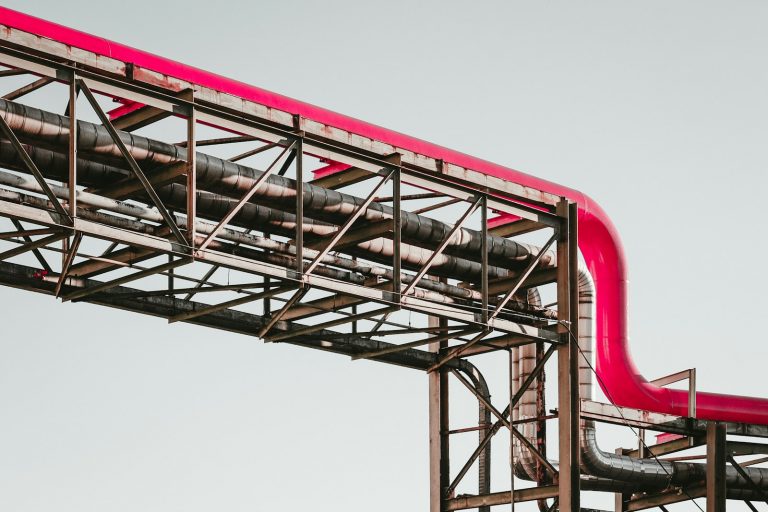Over the last few years, piping engineering has become an integral part of the modern mechanical engineering landscape.
It is a highly specialized field that focuses on the design, construction, and maintenance of piping systems in various industries, such as oil and gas, petrochemicals, or water treatment facilities. Such systems are critical for the effective transport of fluids and gases under high pressure and temperature conditions.
One of the most crucial aspects of piping engineering is dimensional control, which guarantees the safety and reliability of piping systems. Let’s understand what dimensional control is and how it supports mechanical engineering.
What is dimensional control?
In a nutshell, dimensional control refers to the precision measurement and validation of components to ensure that they conform to specified dimensions and tolerances.
Such a process is essential in piping engineering to prevent issues that can have severe consequences, such as:
- misalignment,
- leaks,
- structural failures.
By using state-of-the-art concepts, including 3D modeling, laser scanning, total stations, and surveying, dimensional control can efficiently support piping engineering and guarantee the high quality of systems.
How advanced technologies support dimensional control?
In fact, introducing advanced technologies has revolutionized the dimensional control processes in multiple industries.
Laser scanning and 3D modeling
Laser scanning and 3D modeling software enable engineers to create highly accurate representations of piping systems. As a result, they can easily identify and rectify potential issues.
What is more, such technologies facilitate the creation of virtual replicas of physical systems that can be used for simulation, monitoring, and predictive maintenance.
Building Information Modeling (BIM)
Moreover, a modern concept like BIM that ensures that dimensional control is maintained throughout the design, fabrication, installation, and maintenance stages enables the seamless sharing of information among stakeholders.
It also provides piping engineering with a comprehensive platform to manage the entire life cycle of piping systems.
What is the role of dimensional control in the life cycle of piping systems?
There are four core phases in the life cycle of piping systems, and at each stage, dimensional control can be applied:
- During the design, it helps engineers create accurate 3D models of the piping systems.
- In the fabrication stage, it ensures that pipes, fittings, flanges, and supports are manufactured according to the design specifications.
- During the installation phase, it plays a critical role in ensuring that the piping system is assembled correctly and functions as intended.
- Finally, in maintenance, it helps in assessing the wear and tear of the piping system over time.
Summing up, dimensional control is a cornerstone of piping engineering. It not only ensures that piping systems are designed in an accurate way but also guarantees that they are fabricated, installed, and maintained to the highest standards.
As industries these days continue to demand better performance and reliability from their piping systems, the role of dimensional control will become increasingly critical in achieving these goals.


0 Comments